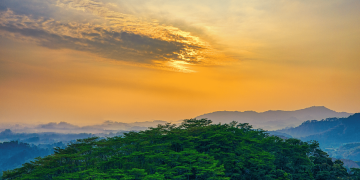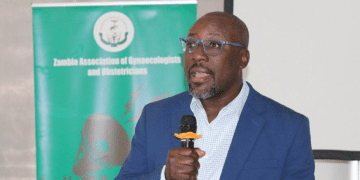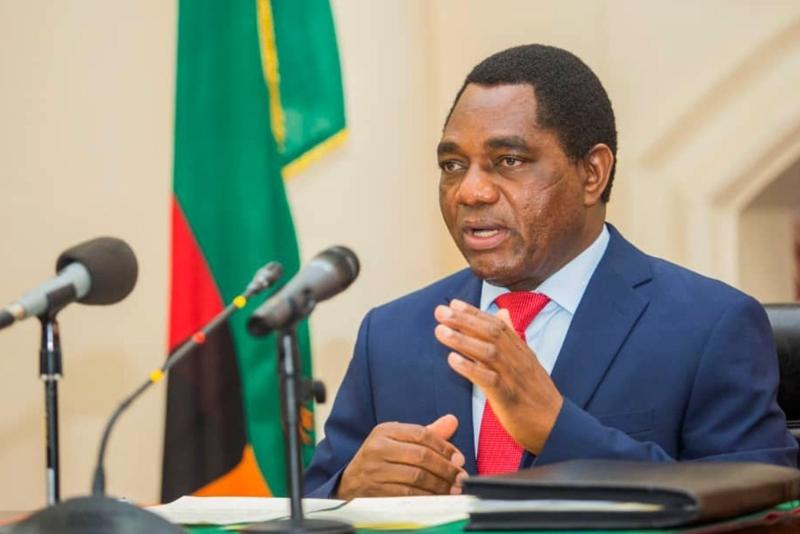KAMAYOYO Kelvin, Zambian Economist, Scholar and BuyZed Technical Advisor and Strategist has urged African countries especially those with rivers around to plant more trees to restore damaged rivers (if any) and improve the healthy of rivers across the continent. He argued that planting trees on the riverbanks and around wetlands or river basins helps to stabilise the banks and maintains the natural formation of river meanders. Therefore, tree planting bordering rivers helps to consolidate the structure of rivers and restore damaged rivers.
Kamayoyo noted that rivers and floodplain ecosystems by their nature continue to support growth of almost every economic sector and also support a significant proportion of the world’s aquatic bio-diversity. It is against this backdrop that one stands on firm ground to argue that rivers are the economic engines and life savers for varied species habitats, sustainable development and poverty reduction in Africa and the world in general. Such dependence has led some researchers to argue that rivers are perhaps the ‘most intensively used ecosystems on the planet’ (Boon, 2012: p. 5). The over-exploitation of rivers and the corresponding impacts have left less than 1% of rivers with ‘all or almost all of their natural values intact’ remaining (DERM, 2011: p. 2).
Noting the importance of rivers to this scale, it is even more compelling that the continent undertakes to develop an “Africa Trees Action Plan 2024-2030” in order to enhance sustainable river management, encourage people to use water wisely and protect river healthy. He stressed that Trees Action Plan would also endeavour to incorporate issues concerning water allocation for rivers and precaution for development that could induce irreversible ecological consequences.
Kamayoyo noted that there are more benefits in planting trees along the river corridors ranging from slowing flood waters and keeping rivers cool to soaking up carbon during unprecedented rising temperatures. Again, the roots for trees in the river banks often provide vital habitats for a multitude of species such as bacteria and algae which in turn aid in purifying water and reducing the impact of pollution.
Rivers, their catchments, and social and ecological structures, processes, and communities are naturally dynamic (Wohl & Merritts, 2007; Fryirs & Brierley, 2009). Rivers are essential to our lives and other living organisms including industries. Henceforth, planting trees on and around riverbanks, or allowing them to grow naturally, can help to improve river healthy and manage flood risks that have proved to be cyclic annually in many African countries.
Additionally, the adverse effects of climate change is real and already negating the healthy of rivers and its ecosystem. It is therefore imperative that the Trees planting exercise along the river corridors and around the river basins across Africa is accorded the urgent concerted effort it deserves, thus, triggering the public-private partnership efforts. Specifically, the private sector through corporate entities ought to voluntarily join in this endeavour and rollout Tree planting activities along the river banks of major rivers in Africa such as the River Nile, Congo River, Zambezi River, Niger River and Limpopo River.








































